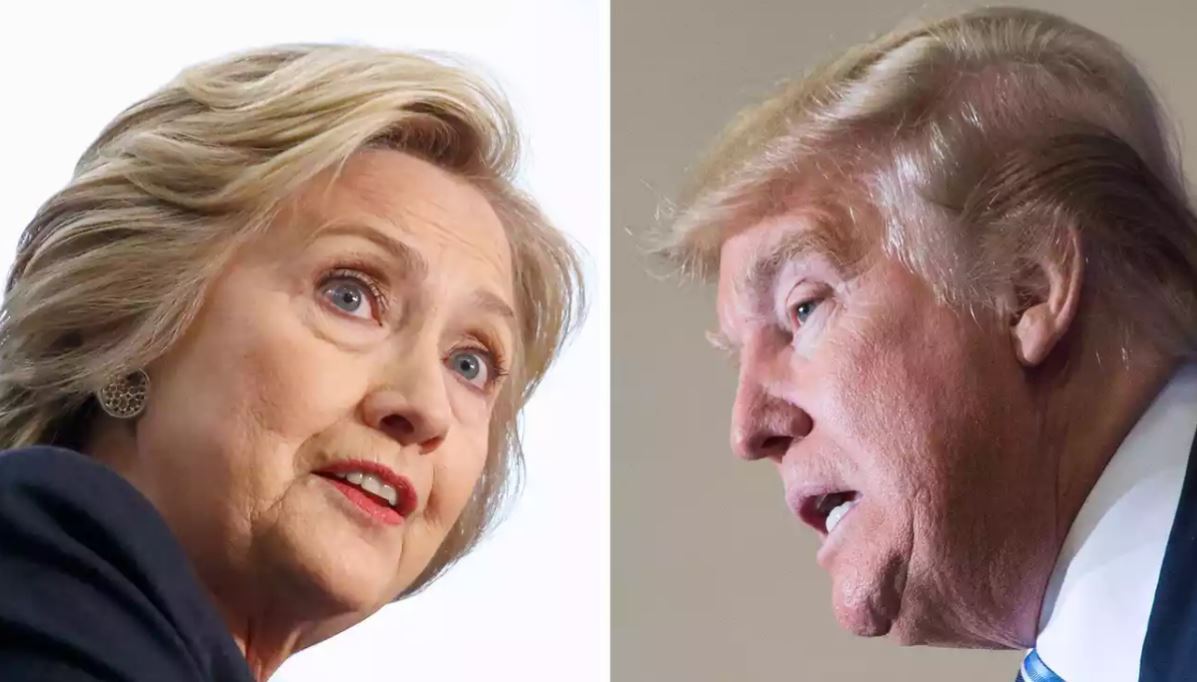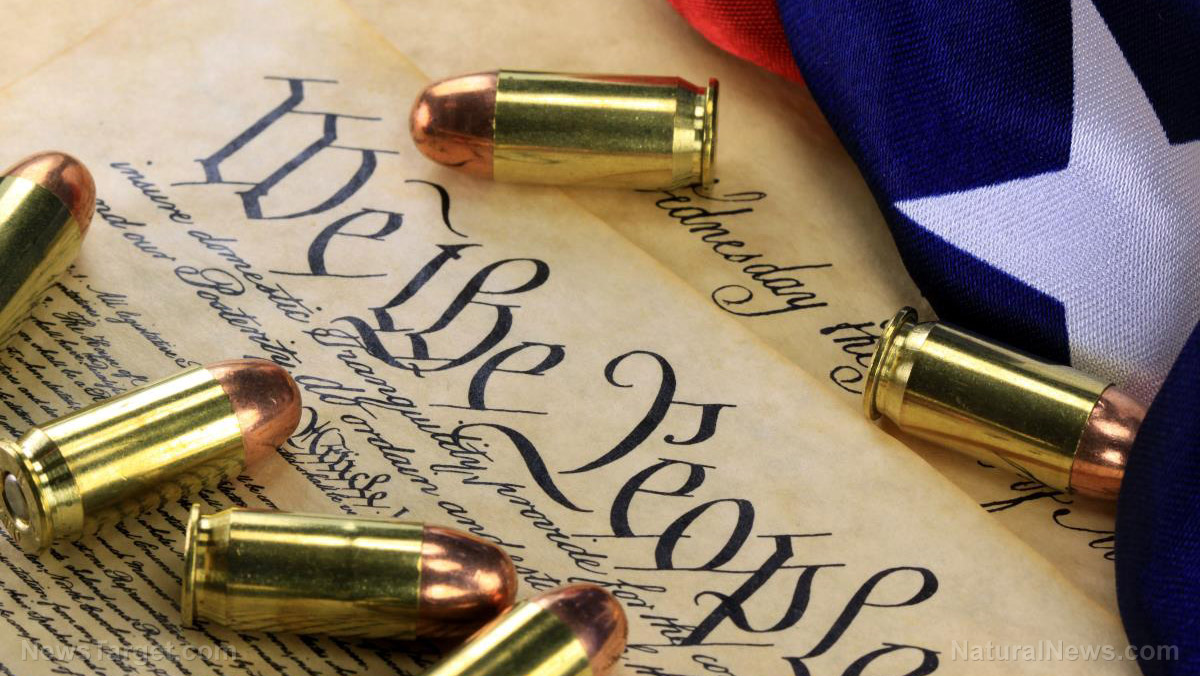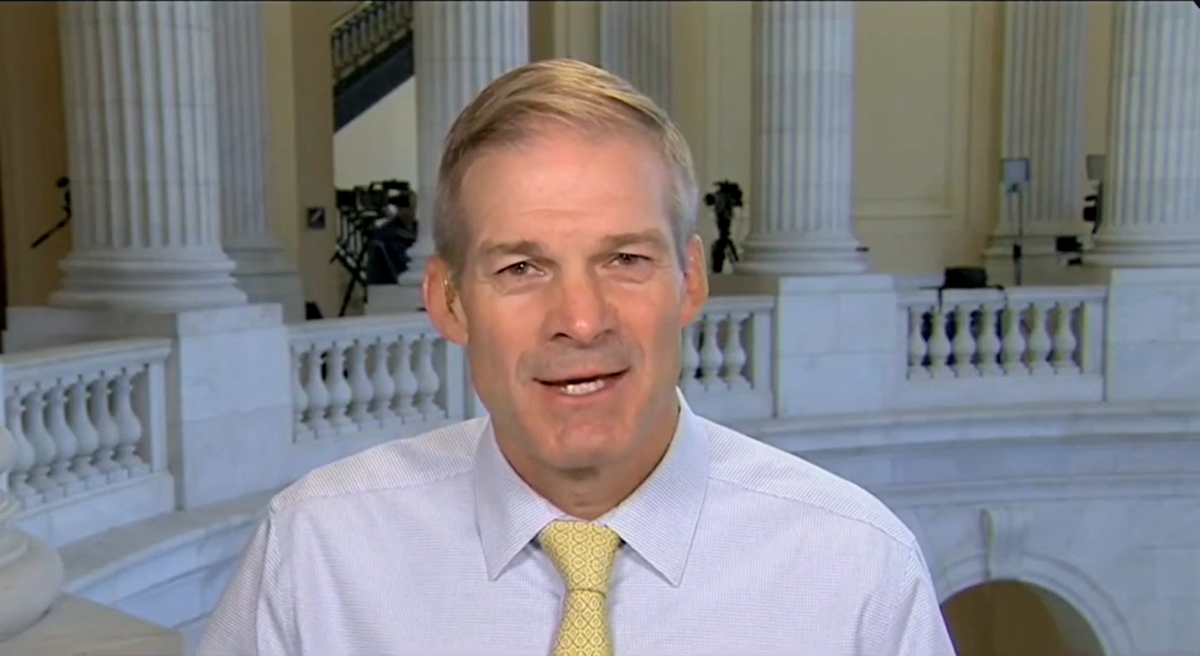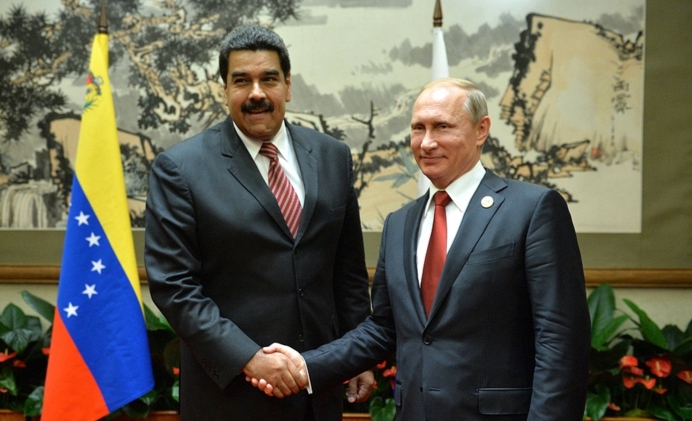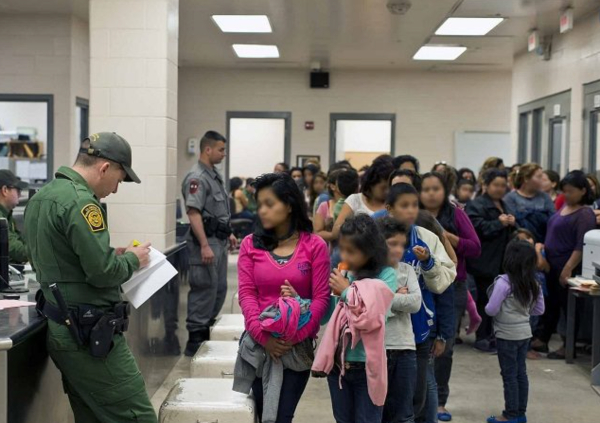- In 2016, former FBI Director James Comey launched an investigation into then-candidate Donald Trump, labeled as a "counterintelligence matter," despite lack of credible evidence, setting the stage for a two-year saga involving the FBI, U.S. intelligence agencies, the media and the Democratic Party.
- The Clinton campaign and the Democratic National Committee funded the Steele Dossier, a collection of unverified allegations against Trump, which the FBI used to justify surveillance on a Trump campaign associate, while actively concealing the source of the funding.
- The media played a crucial role in disseminating the narrative of Russian collusion without critical scrutiny, even though collusion is not a crime under U.S. law and shifted focus to obstruction of justice when evidence of collusion failed to materialize.
- The investigation led by Special Counsel Robert Mueller resulted in several indictments but none related to Russian collusion, effectively debunking the collusion theory and revealing no actionable proof of "collusion" involving Trump.
- The book "The Russia Hoax" by Gregg Jarrett serves as a cautionary tale about the dangers of political manipulation by authorities, highlighting how the investigation damaged public trust in institutions and set a dangerous precedent for future political battles, emphasizing that the greatest threat to democracy is the abuse of power from within.
In the summer of 2016, a cascade of political maneuvers and covert operations began that would forever alter the landscape of American politics. At the epicenter of this storm was former
Federal Bureau of Investigation (FBI) Director James Comey, who launched an investigation into then-candidate Donald Trump, despite the absence of credible evidence.
This probe, labeled a "counterintelligence matter," set the stage for a two-year saga involving the FBI, U.S. intelligence agencies, the mainstream media and the Democratic Party, all of whom were convinced that Trump's victory could only have been achieved through a nefarious conspiracy with Russia.
Author Gregg Jarrett, in his book "
The Russia Hoax: The Illicit Scheme to Clear Hillary Clinton and Frame Donald Trump," meticulously dissects this intricate web of events, revealing a story of abuse of power, misinformation and political machinations.
Jarrett argues that the investigation was not just a misguided effort but a deliberate attempt to undermine Trump's presidency and protect Hillary Clinton from legal repercussions for her email scandal.
Central to Jarrett's narrative is the
role of the Clinton campaign in funding the Steele Dossier, a compilation of unverified and salacious allegations against Trump, which was used to justify the surveillance of a Trump campaign associate. The dossier, compiled by a former British spy, Christopher Steele, became the linchpin of the FBI's investigation. However, the FBI actively concealed the fact that the Clinton campaign and the Democratic National Committee had underwritten this document, a revelation that Jarrett argues was crucial to the legitimacy of the probe.
"This dossier was the pretext for a covert operation that turned the FBI's counterintelligence investigation into a political witch hunt," Jarrett writes. The FBI's decision to use an undercover informant to infiltrate the Trump campaign, hoping to entrap associates, further underscores the lengths to which the agency was willing to go to find a crime that did not exist.
The media played a pivotal role in propagating the narrative of Russian collusion. Although "collusion" is not a crime under U.S. law, the media ran with the story, perpetuating the idea that Trump was guilty of conspiring with Moscow. Jarrett points out that when the truth began to emerge, the media shifted its focus to accusations of obstruction of justice, a narrative that continued to cast a shadow over the Trump presidency.
"The media's willingness to accept and amplify the collusion narrative without critical scrutiny was a significant factor in the public's perception of the Trump administration," Jarrett argues. This shift in narrative, he suggests, was a strategic move to maintain public suspicion even as evidence of collusion failed to materialize.
The investigation led by Special Counsel Robert Mueller resulted in several indictments, but none of them were related to
the Russian collusion. The indictment of thirteen Russians for interference in the 2016 election revealed that no Americans had knowingly participated in the scheme, effectively debunking the collusion theory. Jarrett emphasizes that to date, no actionable proof of "collusion" involving Trump has surfaced.
"Mueller's investigation, for all its resources and mandate, could not find the smoking gun that so many had hoped for," Jarrett writes. "The absence of evidence of collusion should have been a major blow to the narrative, but the media's continued focus on obstruction and other tangential issues kept the story alive."
Comey, a recurring figure in Jarrett's narrative, emerges as a central character in the drama. Comey's decision to label the Trump investigation as a "counterintelligence matter" and his subsequent actions, including the crafting of an "exoneration statement" for Clinton before key witnesses were interviewed, are portrayed as flagrant abuses of power.
Comey's testimony before Congress, where he all but accused Trump of obstruction of justice, is described by Jarrett as a "masterclass in manipulation."
As the story of "The Russia Hoax" unfolds, Jarrett draws attention to the broader implications for American democracy. The book serves as a cautionary tale about the dangers of allowing those in power to manipulate the system for political gain. The investigation, he argues, not only damaged the trust between the American people and their institutions but also set a dangerous precedent for future political battles.
Watch the video below and learn more about
"The Russia Hoax" and how the FBI conducted the illicit scheme to clear Clinton and frame Trump.
This video is from the
BrightLearn channel on Brighteon.com.
Sources include:
Brighteon.ai
Brighteon.com
